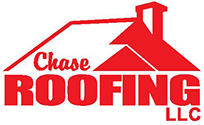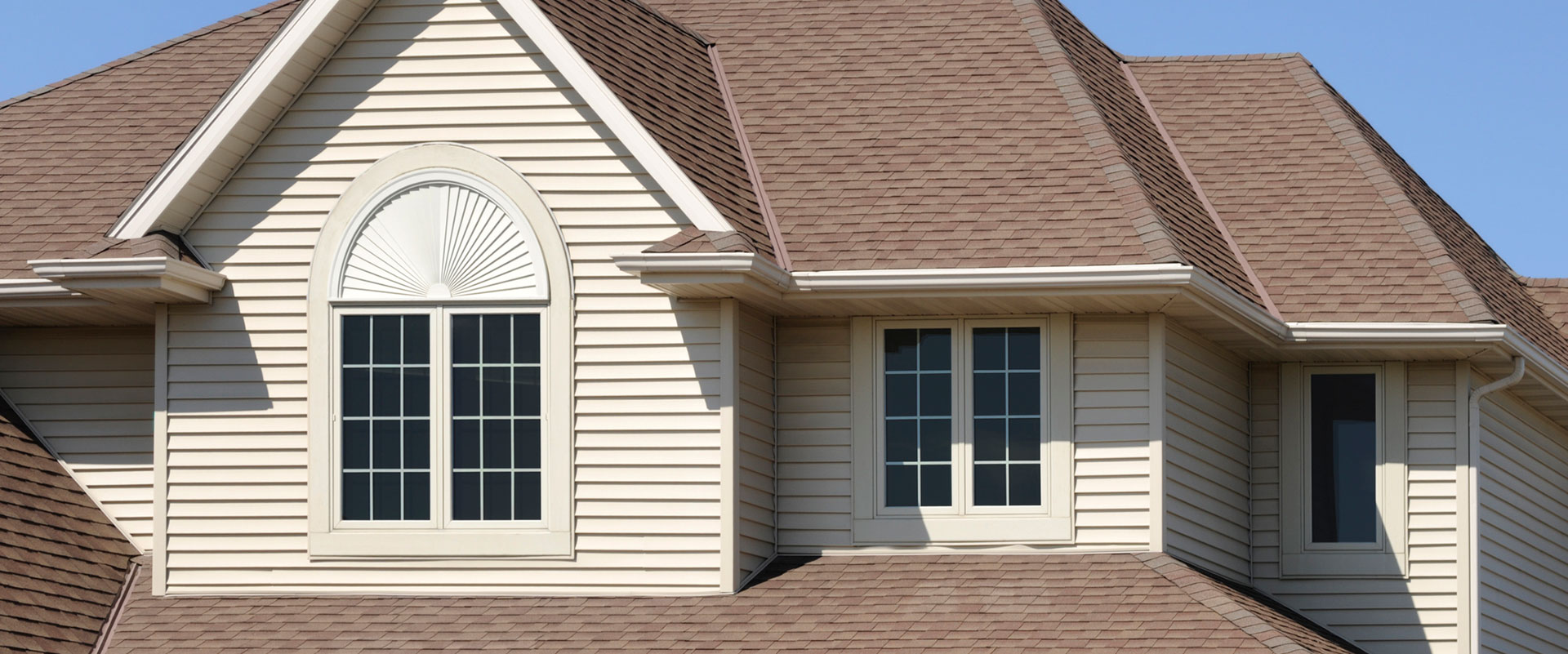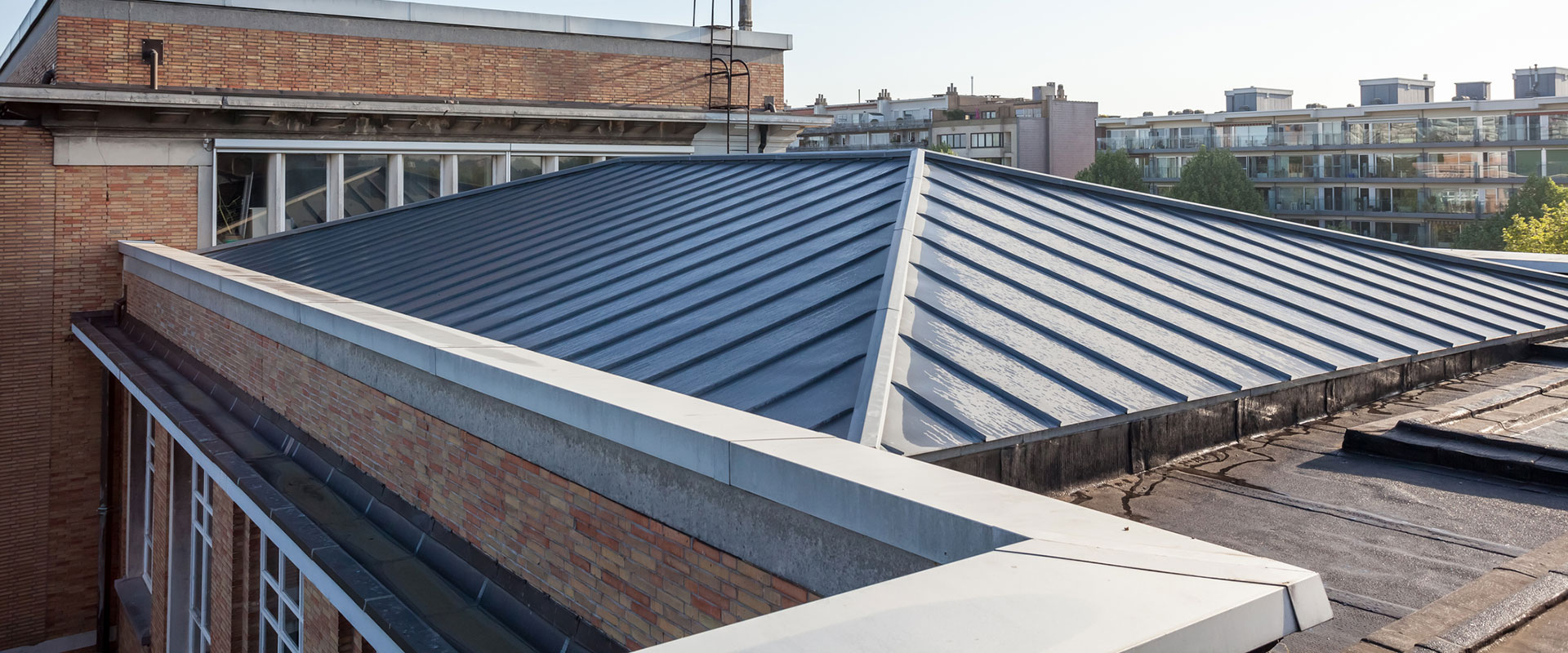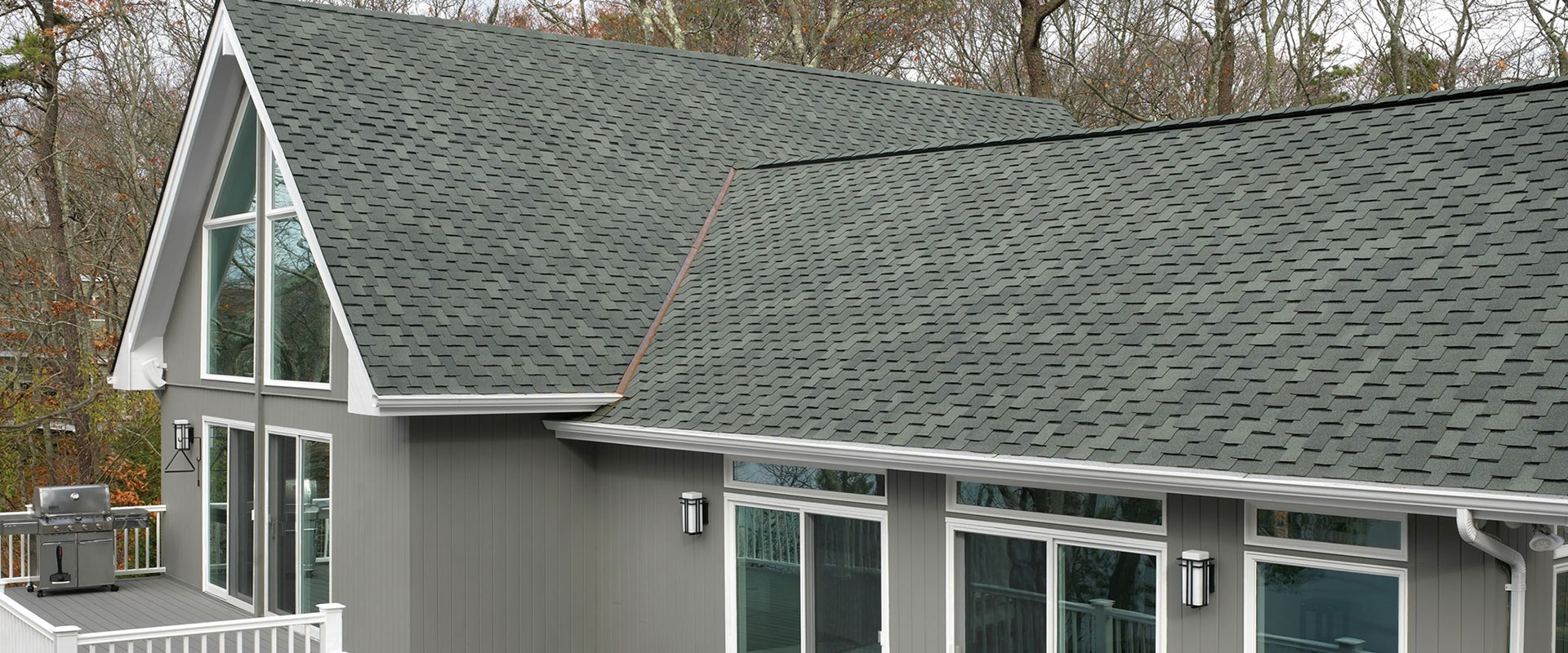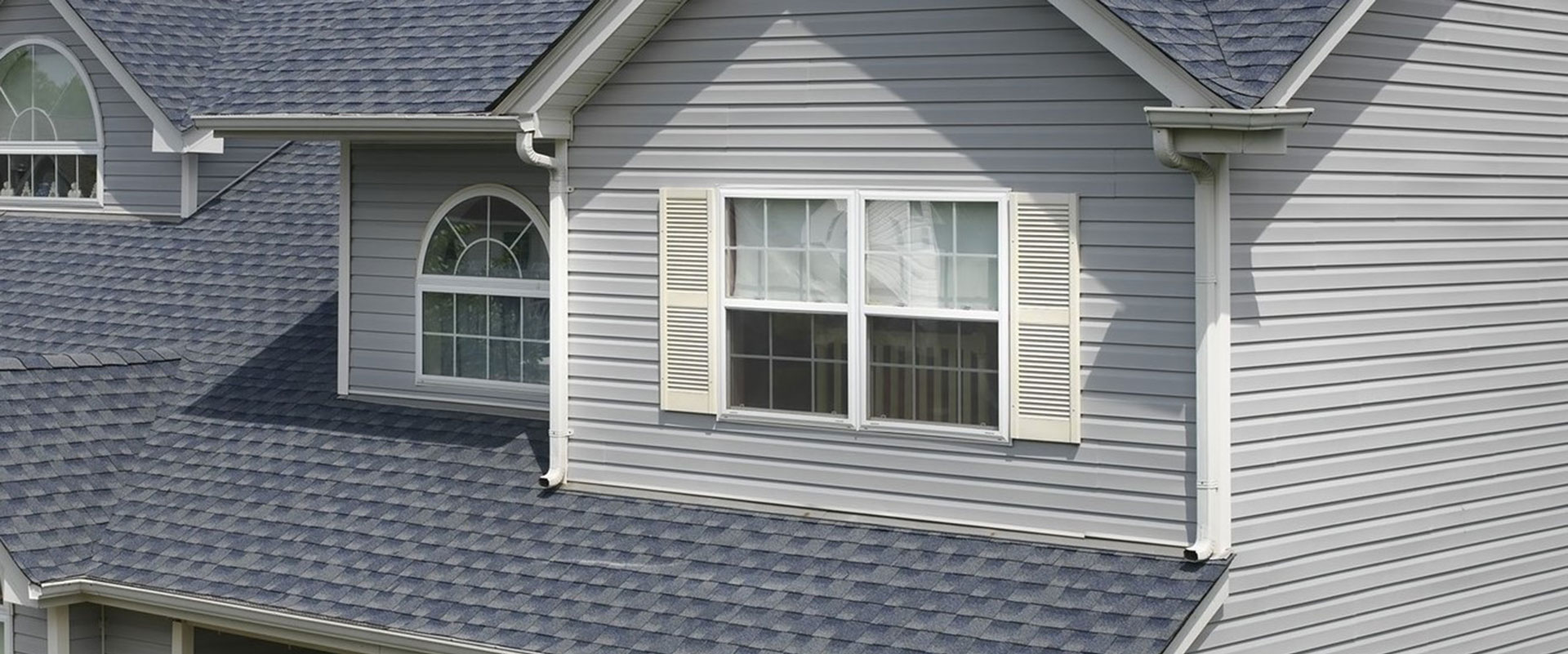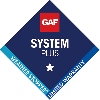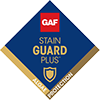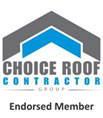Roofs are a vital exterior component that protect occupants and interior belongings from harsh weather elements — including strong, high winds. It is important to understand how wind damage can occur in several different ways in order to anticipate trouble areas on the roof and catch small problems before they require costly roof repair and maintenance services.

Wind Uplift
Wind uplift is defined as the suction created by wind forces. Uplift can be initiated by two physical conditions, which are loss of laminar flow and increased wind speed. Both of these processes significantly minimize the air pressure above the roofing membrane.
Damage Location
Areas that are commonly affected by wind uplift due to loss of laminar flow are upwind eave edges, upwind rakes, upwind corners, and the downwind side of ridges. These are the areas where contractors look closely for wind-related damage.
If wind uplift raises a portion of the roof covering, more of the surface of that material will be exposed. This causes the wind to push against, causing the material to be easily blown off the roof.
Positive Pressure
Positive air pressure occurs when the wind pushes against a roofing component that offers great resistance. These include a shingle tab that has been affected by uplift and flashing that sticks out enough for the wind to push against it. Eaves and rakes are also vulnerable to wind pressure damage.
Inflation
Inflation is a result of positive air pressure. One of the most extreme examples of this phenomenon is wind entering the space between the roof covering material and underlayment. If this specific space is inflated, the bonds of asphalt shingles will be broken apart, resulting in clear wind damage.
If you are planning to give your property an upgrade, turn to Chase Roofing LLC for a trouble-free experience. Our team offers exterior remodeling services — such as roof replacement and gutter repair — to clients in and around Newport News, VA. Call us at (757) 206-1948 or fill out this contact form to set an appointment.
